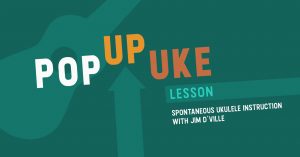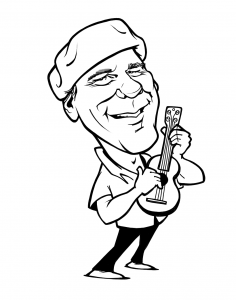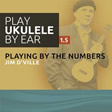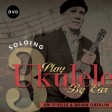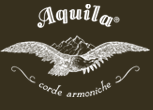 The ukulele world lost a legend this last week, the one and only Lyle Ritz. Not only was Lyle a great bass and ukulele player he was one of the nicest people you could ever meet. Here’s one of the first 3 Questions Interviews I posted back in 2009 with Lyle. Thanks for everything, Lyle.
The ukulele world lost a legend this last week, the one and only Lyle Ritz. Not only was Lyle a great bass and ukulele player he was one of the nicest people you could ever meet. Here’s one of the first 3 Questions Interviews I posted back in 2009 with Lyle. Thanks for everything, Lyle.
1. How do you add more colorful chords into your playing?
Clearly understand the function of various chords. That is:Major, Minor, Seventh, and, the kind of song – ballad, swing, rock, folk – and the feel of the composition (bluesy, smooth, Latin etc.) with its tempo. Major chords may usually be brightened with an addition of 6th, major seventh or 9th scale tones (scale drawn from the specific chord). Minor chords can be treated similarly, but can get strident if extensions above the 9th scale tone are used. Note how nicely certain 7th chords work with their partner minor 7th chords. Seventh chords benefit greatly by using extensions: 9th and 13th. Also, experiment with augmented 5th and flat 5 chords as substitutes for straight 7ths. They don’t always work; usually because of a conflict with the melody. Diminished sevenths must be treated as if radioactive. Best not to use them at all, but sometimes we must. Try to not play one longer than 2 beats, and treat as a quick connector device between phrases. Often a well placed minor seventh and its following 7th chord is a happy substitute. Noodle lots to find the most pretty sequences.
2. What’s your favorite chord progression and why?
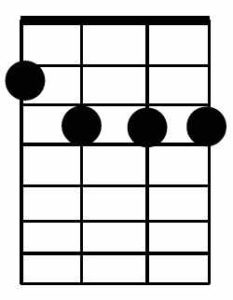 Let’s narrow this one down to favorite chord. Actually, one step deeper and let’s say, my favorite chord shape! OK. Here’s my secret chord shape (not unfamiliar to uke folks) F9 (but it’s also C minor 6th, or A minor 7th flat 5). And listen what happens when you fret the A string two frets higher, it becomes an F13 chord. Note that the function of this shape is tightly related to the harmonies that precede and follow this shape. Noodle with these and you’ll find many uses for this shape and its relations.
Let’s narrow this one down to favorite chord. Actually, one step deeper and let’s say, my favorite chord shape! OK. Here’s my secret chord shape (not unfamiliar to uke folks) F9 (but it’s also C minor 6th, or A minor 7th flat 5). And listen what happens when you fret the A string two frets higher, it becomes an F13 chord. Note that the function of this shape is tightly related to the harmonies that precede and follow this shape. Noodle with these and you’ll find many uses for this shape and its relations.
3. How do you go about improvising on a melody?
First, learn the song. Memorize the chord progression and the mood of the song. Second, make up a new melody based on the original chords. This new melody can be very simple at first. As you noodle, try to remember the “High Spots” in your performance. It might be the embryo of new musical ideas. Work with them. Maybe enrich the feeling by applying elements found in Question 1- chord enhancements.Use visual clues such as the placement of the chord (shape) on the fingerboard at that moment. Also, keep track of the geographic location of the hand on the neck. Remember those dots on the fingerboard – they are there for a reason. At first go easy – don’t expect a standing ovation just yet. Work with noodling and keep in mind the smooth flow of ideas – simple as they must be at first. Of course, it is acceptable even in the tightest of jazz circles to paraphrase the melody. Just try to keep the feel going – remember, it don’t mean a thing if it ain’t got that swing!





